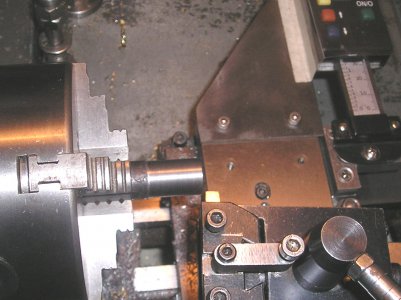- Joined
- Jul 26, 2011
- Messages
- 4,142
I won't lock it since Nelson didn't. But,I'll be glad to see this long,convoluted list of repudiations go on down the list and vanish. And this after criticisms were asked for in post #1.
I won't lock it since Nelson didn't. But,I'll be glad to see this long,convoluted list of repudiations go on down the list and vanish. And this after criticisms were asked for in post #1.
When a person just will not listen to sound reasons why a ground surface is called for in high precision,it gets to be a bit of a pain.
And,that last statement about the HF mike being made of the same materials as a Mitutoyo(is it really?),so it must be as good, was right off the wall. I can list a dozen reasons why the HF mike probably is not as good. But,why bother?


I think the idea of a superior finish versus an accurate diameter are being mixed up. One does not necessarily come along with the other. A tool post grinder will not correct pitch error in the tool post screw or the tool post ways not being straight.
I think it has been a good discussion for the most part. But, what I'm taking away from it is that the theory is solid (you can't argue with math), but the application to hobby lathes is pretty iffy for frog hair precision purposes. ymmv
John, off topic for an instant... 408 yards... in 3 quarters... not too shabby.
Tom
There's no telling what crappy grade of metal was used in a real cheap instrument. There are lots of home brewed grades of cast iron out there in Asia.
